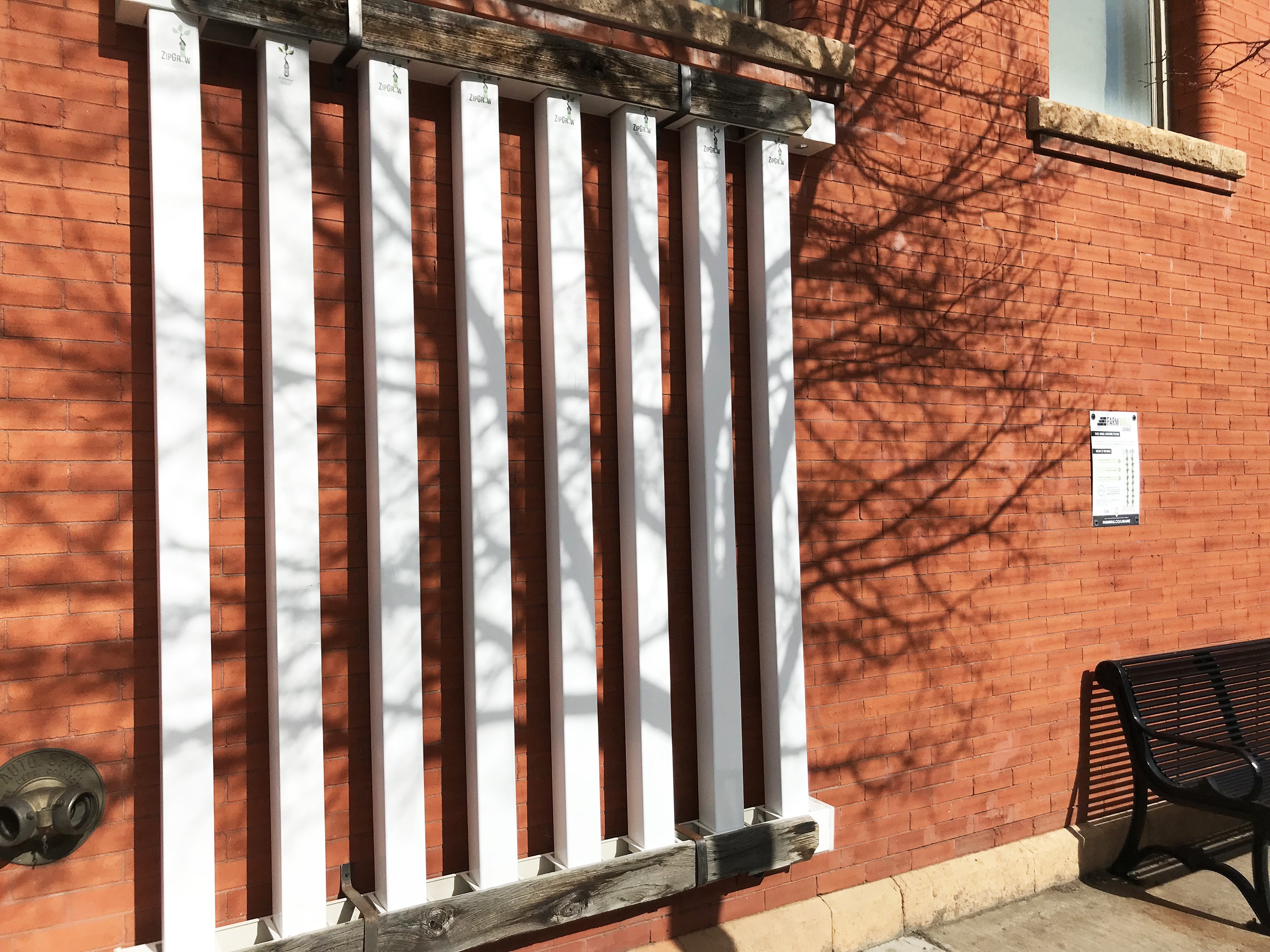Vertical planting established more permanent roots in Laramie when the company Plenty, formerly Bright Agrotech, began construction on their new headquarters; providing jobs as well as fresh herbs in the community.
Rising from the ground in upright containers under controlled lighting and water systems, the latest trend in agriculture is featured just past the entrance of Washakie dining center and according to University of Wyoming researchers, vertical farming is here to stay.
“Plenty’s farms will be located near communities around the world, delivering industry-leading yields of delicious, locally-grown, backyard-fresh produce,” a Plenty spokesperson, Senior Communications Manager Patrick Mahoney stated in an email. “By shaving thousands of miles and weeks off the journey from farm to table, Plenty will transition agriculture to a reliable, predictable and resource-efficient model.”
The company was founded by Dr. Nate Storey, a UW alumnus.
“Nate Storey was a student of mine,” Extension Horticulture Specialist Karen Panter said. “He got all three of his degrees here in our department of plant sciences. The company includes engineers and computer experts and plant growth people and researchers and [Plenty’s] got some plant breeders now, there’s a lot of people working here in Laramie.”
Vertical farming allows for an increase in production per square foot, Panter said.
“So, there’s a limited amount of land that we can grow food on, limited resources, we have what growing people often refer to as ‘food deserts’ which are centers of urban settings with limited access to fresh produce,” Associate Professor of Agroecology Urszula Norton said. “And the fact that you can actually produce fresh green vegetables that don’t really take too many days and a way shorter period of time under optimum growth conditions.”
Indoor controlled conditions don’t experience drought, hail or other afflictions, resulting in a quicker growth turn around. The crops that are most compatible with vertical farming conditions tend to be leafy greens and some herbs, like lettuce and spinach.
“Plenty’s vertical towers can achieve industry-leading yields of fresh fruits and vegetables,” Mahoney stated in an email. “Up to 350 times greater per square foot than the field. Plants that get too big like tomatoes or that kind of thing just don’t work. The plants’ architecture is just completely wrong. It’s really hard to grow larger, longer, vining type plants.”
Norton, along with Liping Wang and other plant scientists, are in the midst of submitting a proposal to the National Science Foundation to better understand and improve on efficiency of water and energy using vertical farming settings.
“It is generally a proposal about learning more about where are we standing in terms of efficiency of vertical farming and how can we move it toward increasing effectiveness, efficiency, water use and energy,” Norton said. “My role would be pretty much to assess the growth yield and the quality of the produce.”
While the research and growth of vertical farming programs are certainly hot topics in the ag community, horizontal farming is not becoming obsolete by any means.
“[Vertical Farming is] not going to supplant traditional farming because there’s so many crops that can’t be grown in this type of system,” Panter said. “It’s not likely that we’ll be growing wheat or anything like that in this kind of a system, but for niche crops, it’s another tool to use.”



